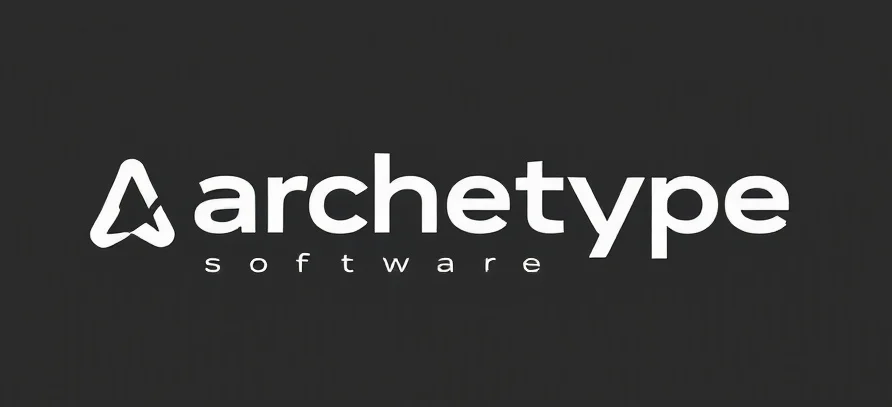Unveiling the Mystery of a Dog’s Eyelash
Hey there, fellow sci-fi nerds and pet lovers! Today, we’re diving into something that might seem tiny—almost insignificant—but actually holds a world of fascinating details: the humble dog eyelash. Think of it as the tiny antenna on a spaceship or the microchip in a futuristic android—small but mighty in its own right. It’s a perfect example of how nature’s design is both elegant and functional, even in the seemingly mundane parts of our furry friends.
The Small but Mighty Role of Eyelashes in Dogs
Imagine the scene: you’re out for a walk, the sun’s shining, and your dog is happily trotting along, tail wagging. Suddenly, a gust of wind kicks up some dust or a tiny piece of debris. That’s when those delicate eyelashes step into the spotlight. Their primary role? To act as a first line of defense against environmental irritants—think of them as the tiny sentinels guarding your pup’s eyes.
Many pet owners don’t realize just how important these little hairs are until something goes wrong. An irritated eye or an eyelash that’s fallen out of place can cause discomfort or even lead to more serious issues if left unchecked. But overall, eyelashes are a crucial part of a dog’s eye health, helping to filter out unwanted particles and protect the sensitive surface of the eye from potential harm.
The Science Behind Dog Eyelashes
Structure and Function
Dog eyelashes are made of keratin, the same protein that composes our own hair and nails. They grow from follicles situated along the eyelid margins, and their length and density can vary widely among breeds. For example, breeds with longer, more prominent eyelashes—like some terriers or spaniels—have an added layer of natural protection, almost like built-in goggles for their eyes.
Genetics and Breed Differences
Ever notice that some breeds seem to have a more “eyelashy” appearance, while others have almost none? That’s largely due to genetics. Certain breeds have evolved or been selectively bred to have more prominent eyelashes, which helps them navigate their environments more comfortably. Conversely, some breeds with very short or sparse eyelashes might be more prone to eye irritation, especially in dusty or windy conditions.
When Things Go Wrong: Eyelash Problems in Dogs
While eyelashes are designed to protect, they can sometimes cause problems—imagine if a tiny hair starts growing in the wrong place or if an eyelash becomes ingrown. These issues can lead to discomfort, redness, or even more serious conditions like conjunctivitis. One common issue is called “trichiasis,” where eyelashes grow inward and scratch the cornea. Think of it like a tiny blade constantly rubbing against your eye—definitely not comfortable!
In some cases, abnormal eyelash growth can be congenital, meaning some dogs are born with eyelash issues. For others, injuries or infections can cause eyelashes to fall out or grow abnormally. If you notice your pup scratching excessively, blinking more than usual, or rubbing their eyes, it’s time for a visit to the vet.
Care and Maintenance: Protecting Your Dog’s Eyes
Just like in sci-fi stories where maintaining the integrity of a spaceship’s shields is critical, caring for your dog’s eyelashes and eyes is essential. Regular check-ups, gentle cleaning, and watching for signs of irritation can go a long way. For breeds prone to eyelash issues, some vets recommend minor procedures like eyelash trimming or removal to prevent discomfort.
And remember, never attempt to pluck or trim your dog’s eyelashes yourself—this is a job for a professional. Instead, keep an eye out for any abnormalities and consult your veterinarian if something seems off. It’s all about ensuring your furry companion stays comfortable and happy as they explore their world.
Final Thoughts: Tiny Details, Big Impact
The next time you look into your dog’s eyes, think about those tiny eyelashes. They might seem insignificant, but they’re an integral part of your dog’s sensory system, protecting those precious eyes from the chaos of the outside world. Just like the tiny components that keep a spaceship functioning smoothly, these small hairs play a big role in your pet’s health and happiness.
So, the next time you’re out on a walk, take a moment to appreciate the little details—because sometimes, the tiniest features hold the most fascinating stories. And hey, if you’re curious to learn more about your dog’s eyelash and eye health, check out the full article at bestlife4pets.com. Who knew such a small feature could be so intriguing?
Checkout ProductScope AI’s Studio (and get 200 free studio credits)
